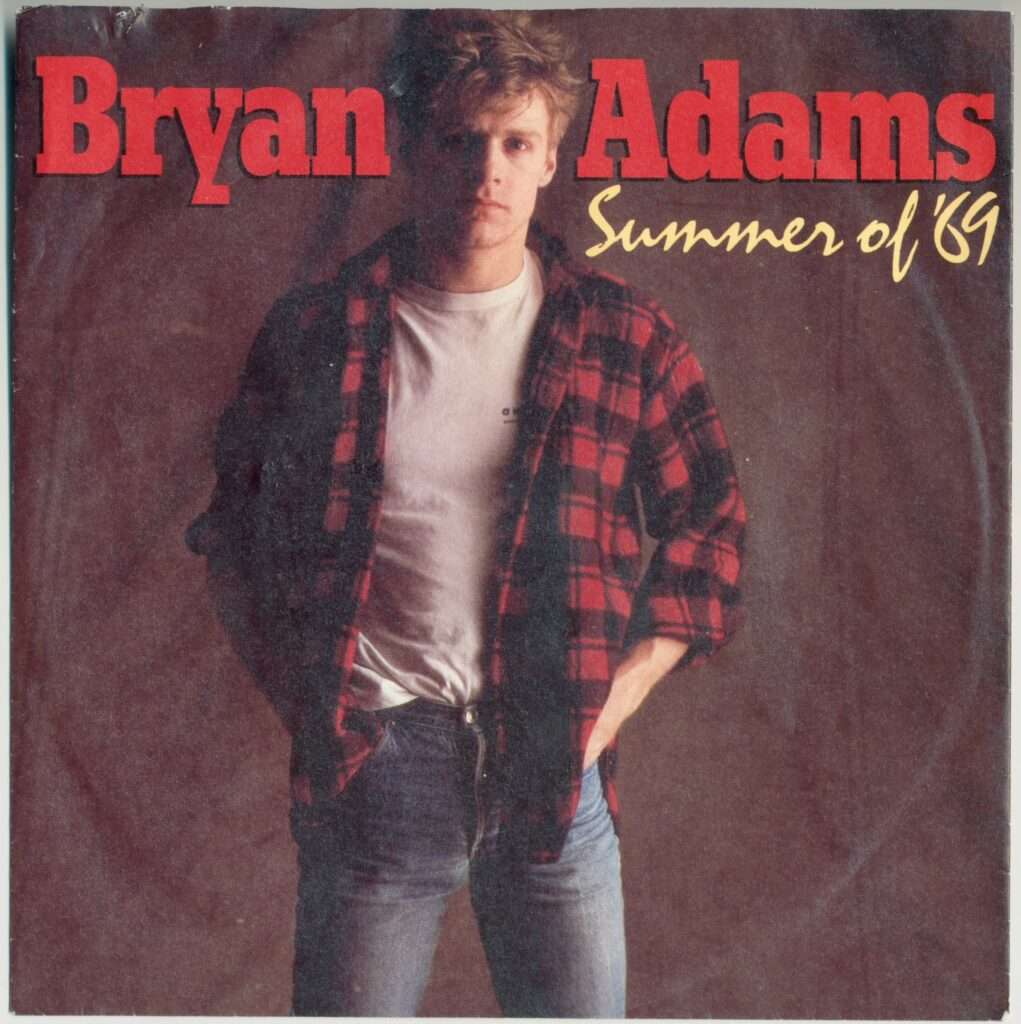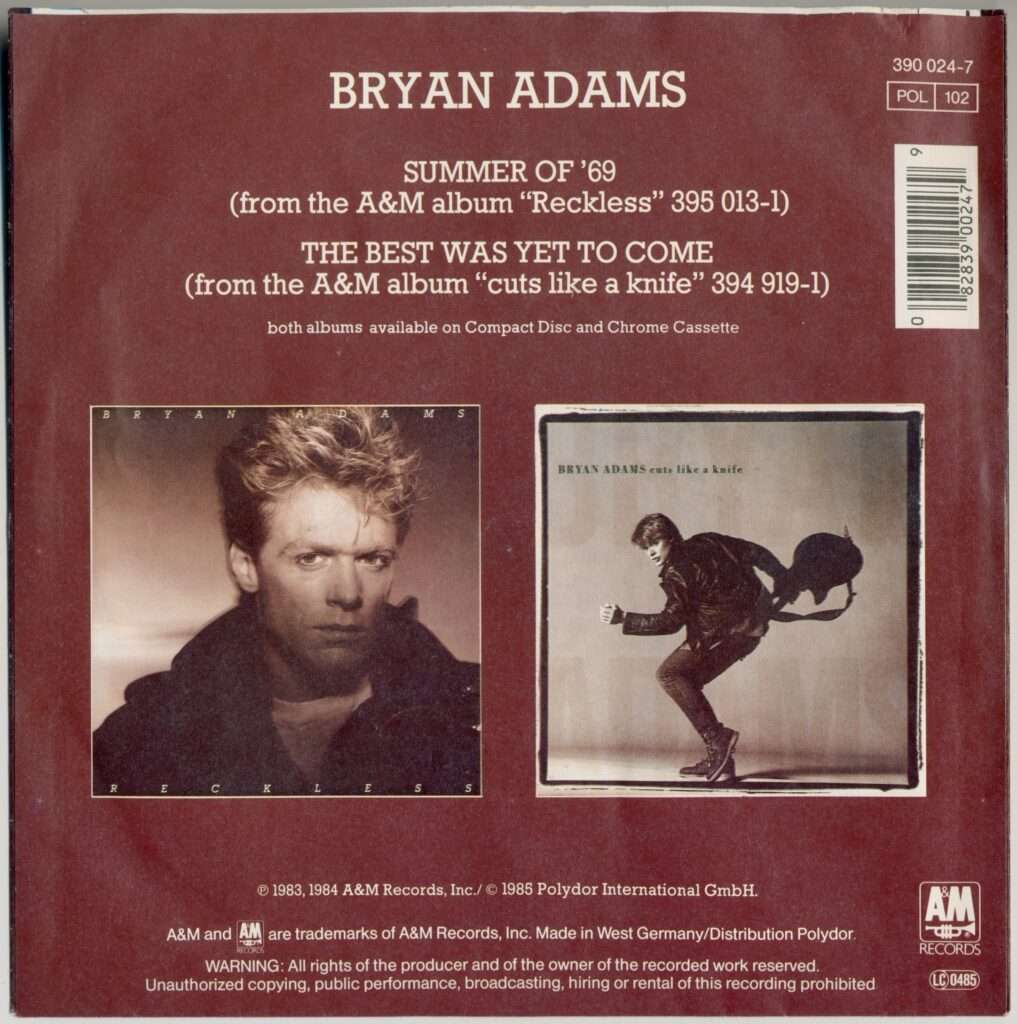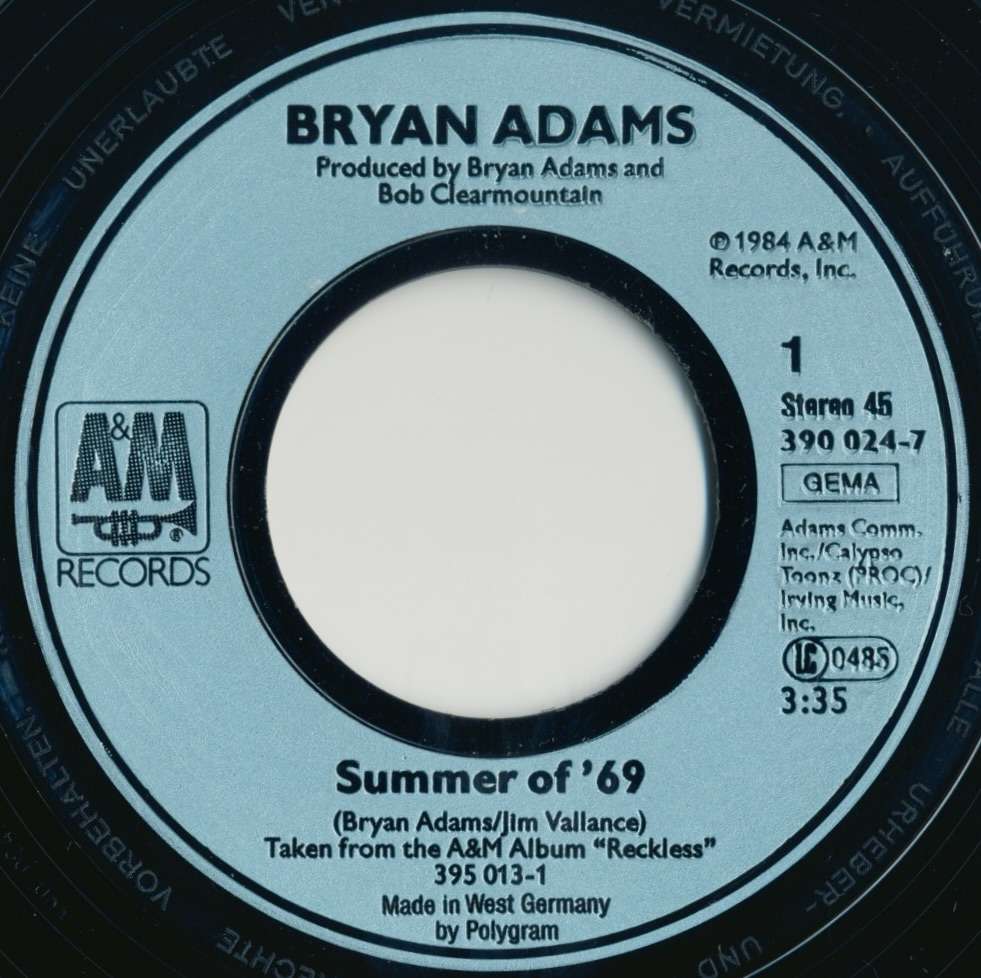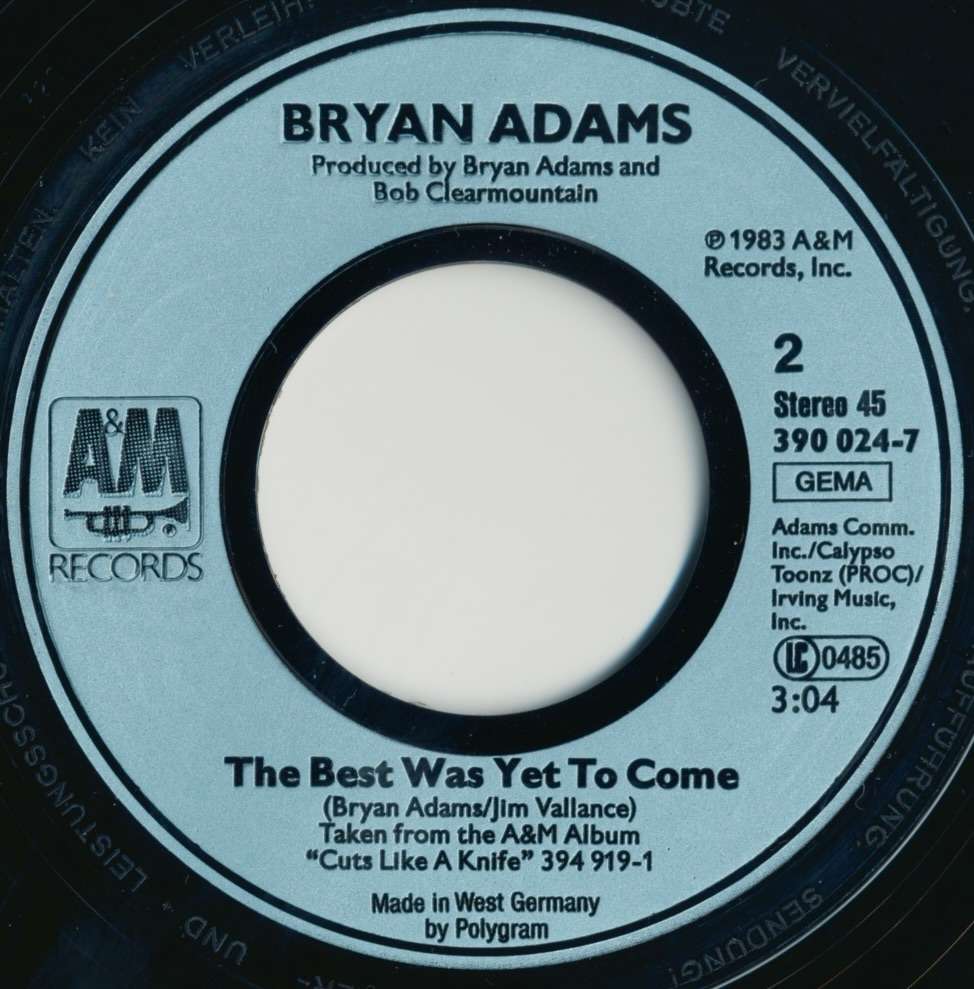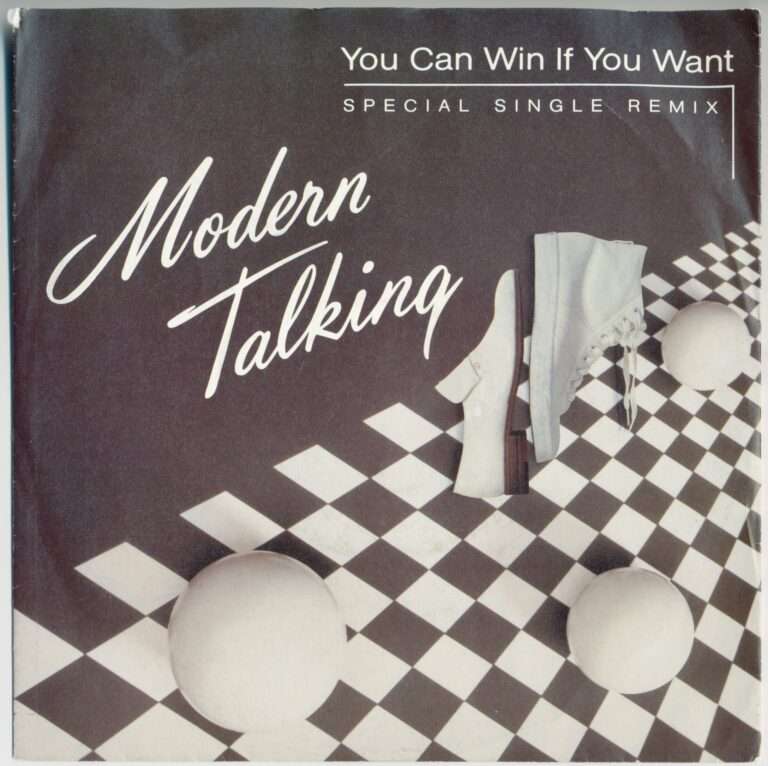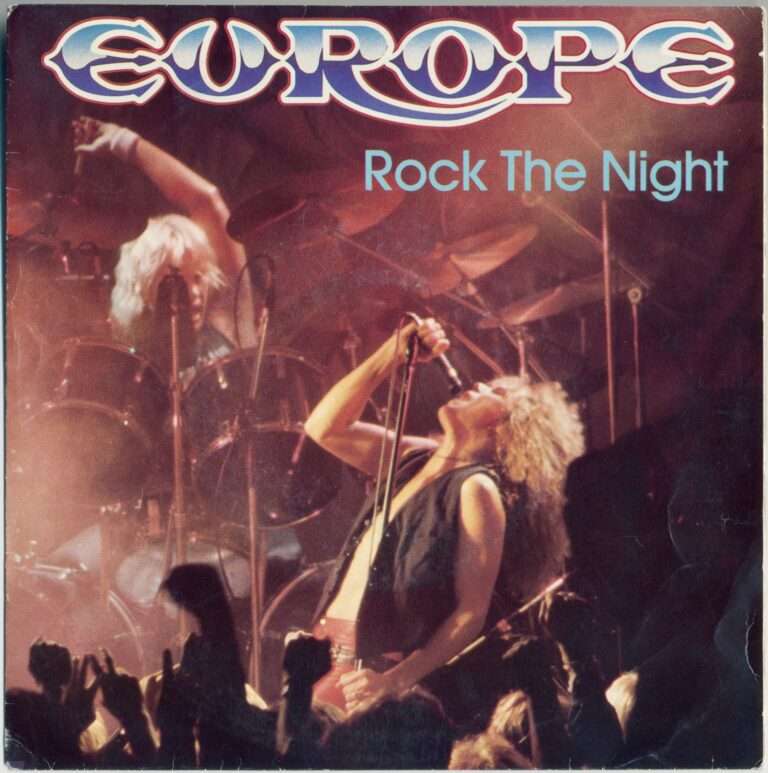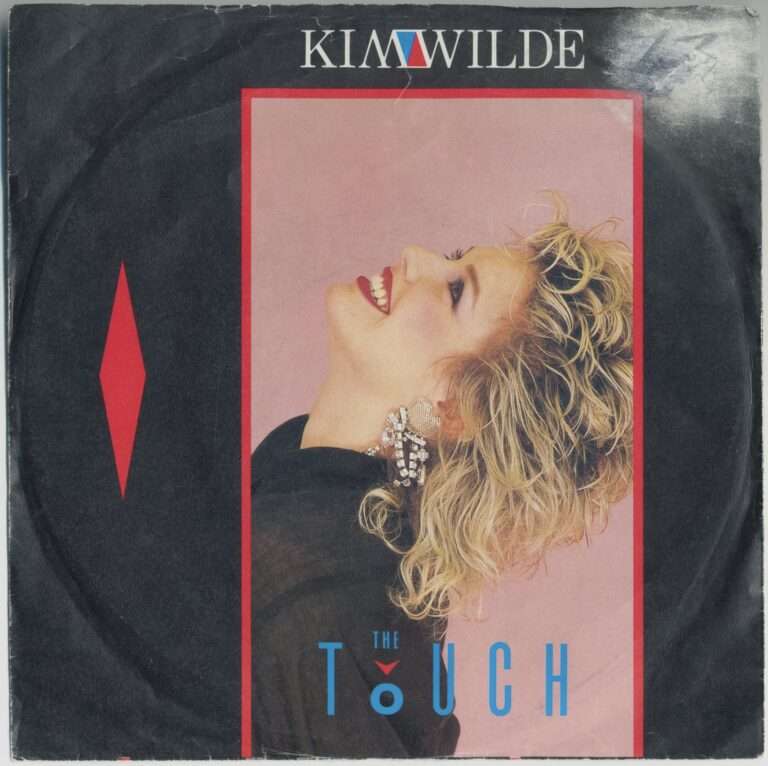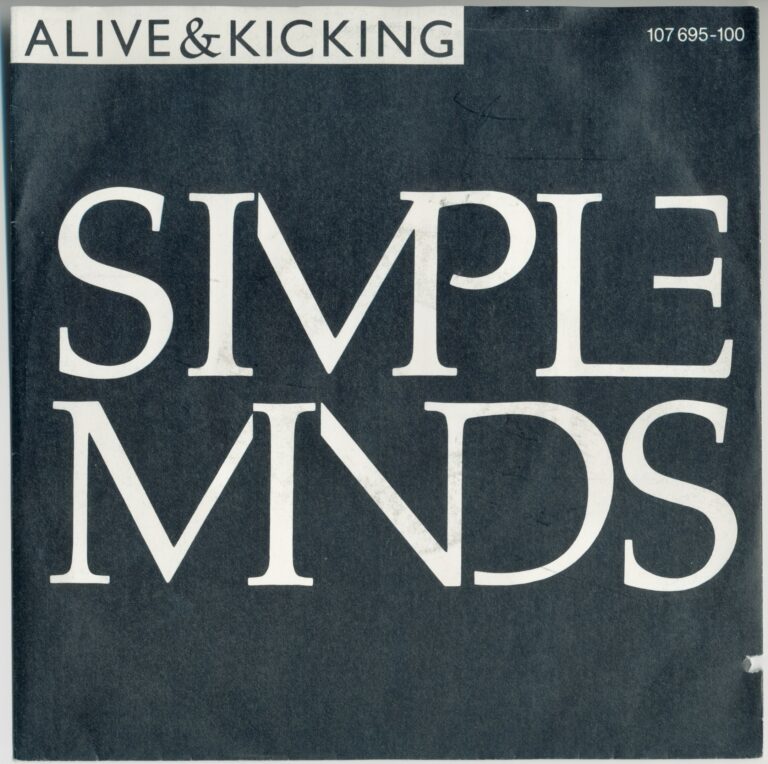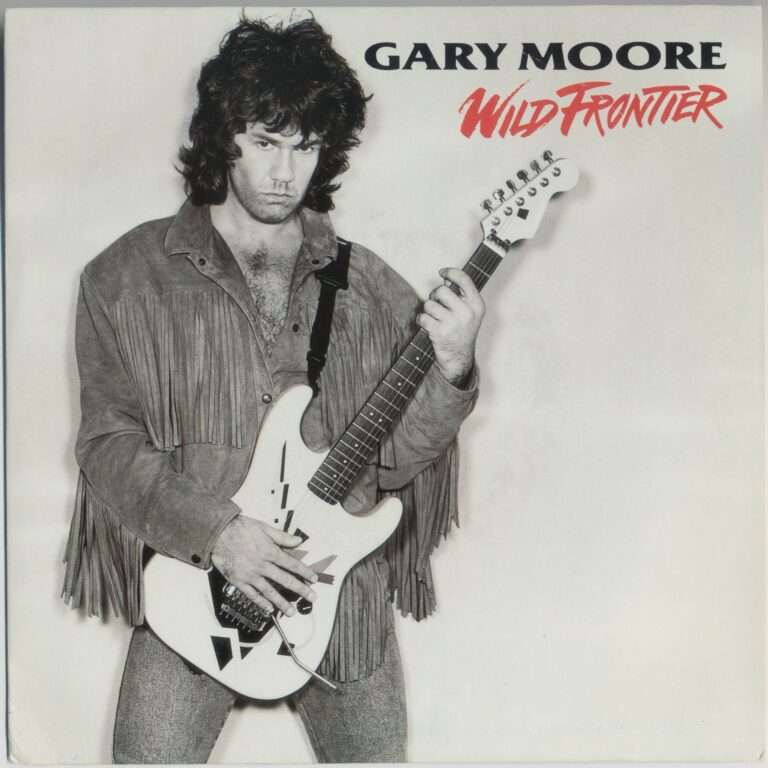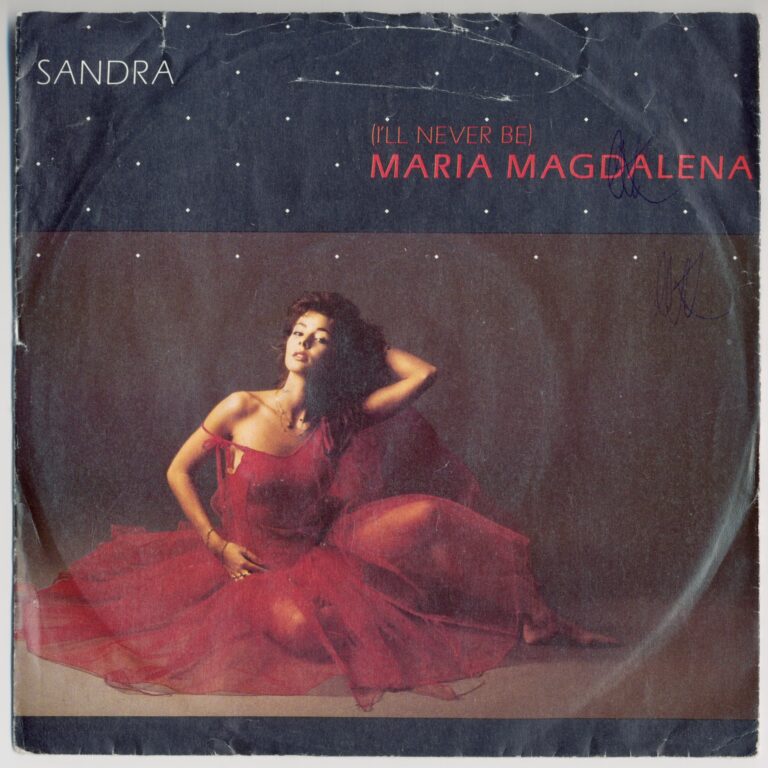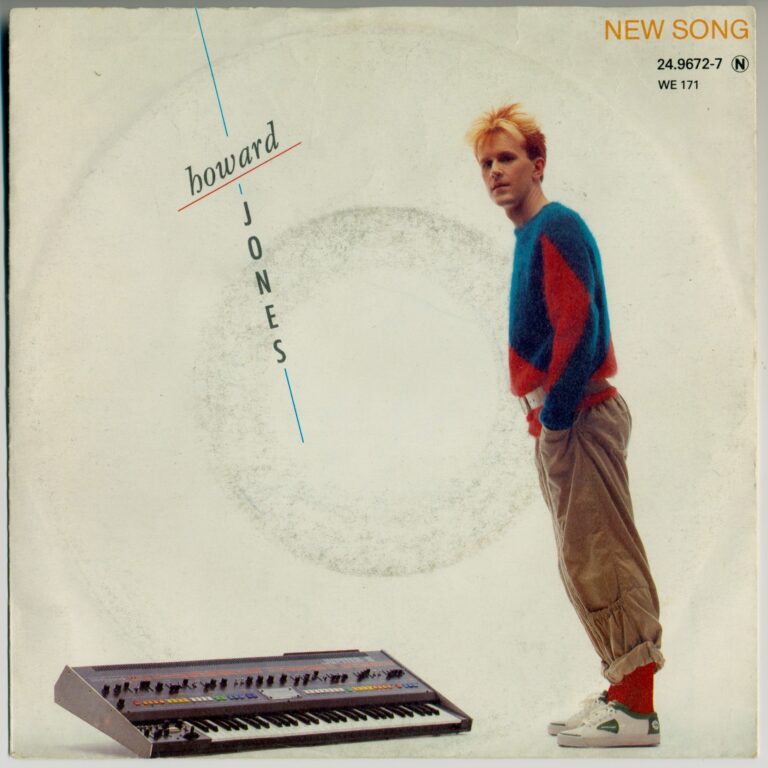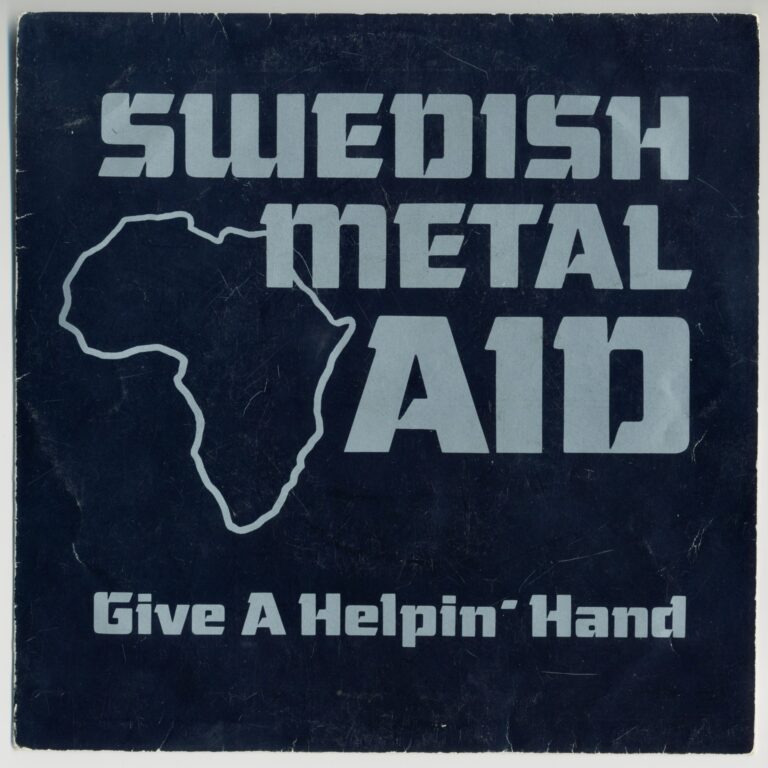The year is 1985. The air is thick with the scent of hairspray and new denim. On radios around the world, a new anthem is starting to climb the charts. It’s a song that sounds like a Friday night, a first kiss, and the last days of summer vacation all rolled into one three-and-a-half-minute blast of pure, unadulterated rock and roll. This song is “Summer of ’69,” and it’s about to become a permanent fixture in the soundtrack of our lives.
But let’s be honest, we all know the song. We’ve screamed the chorus at a karaoke bar, tapped our feet to the driving beat at a wedding, and maybe even air-guitared along in the car. It’s more than just a hit; it’s a feeling. It’s the nostalgia for a time we may or may not have even lived through, a hazy memory of a perfect summer that exists more in our hearts than in any history book.
The genius of “Summer of ’69” isn’t its historical accuracy—after all, Bryan Adams himself was only ten years old that year. The magic lies in its emotional truth. It’s a song about the past, but it’s not a sad song. It’s a bittersweet, wistful glance over the shoulder at a time when things felt simpler, more exciting. The lyrics paint a picture: “bought my first real six-string,” “me and some guys from school,” “played ’til our fingers bled.” It’s the classic story of a boy, a guitar, and a dream. A universal story of youthful ambition and the fierce, unshakeable belief that you are on the cusp of something great.
Then there’s the other side of the story, the love story. “And she was livin’ with her mama and her daddy,” the song croons. It’s a teenage romance, all stolen glances and hurried kisses, the kind that feels like it will last forever. It’s the kind of love that can make a summer unforgettable, even decades later. This dual narrative—the pursuit of a musical dream and the intensity of first love—is what makes the song so compelling. It’s about the big dreams and the small, intimate moments that make up a life.
In Sweden, this song wasn’t just a fleeting hit; it became an obsession. It spent nine glorious weeks on Trackslistan, peaking at the number one spot in 1985 and 1986. It was a radio staple, a sing-along favorite that earned a spot on the year-end lists for both of those years. It was part of the fabric of summer in Sweden, a song that played from car speakers and open windows as long, bright days bled into soft, twilight nights.
“Standin’ on your mama’s porch / You told me that you’d wait forever”
Of course, the title itself is a bit of a wink and a nod. The song was originally intended to be called “Best Days of My Life,” a title that, while true, lacks the punch and mystery of “Summer of ’69.” That simple change transformed the song from a generic rock ballad into a nostalgic anthem. It created a specific image, a time and a place, even if that time and place was more of a feeling than a fact.
“Summer of ’69” is a postcard from the past, a letter from a younger self. It reminds us of a time when the future was an unwritten story, full of endless possibilities. It reminds us that even after the guitars are put away and the summer romances have faded, the memories remain, just as vibrant as they were on that long-ago day. And as the song fades out, leaving us with that iconic “oh yeah!”, we are left with a feeling of joyful remembrance, a feeling that no matter how much time has passed, we will always have that summer.
My copy: 7″, 45 RPM, Germany, 1985, A&M Records
Trackslistan (Swedish radio chart): 9 weeks in 1985 and 1986, peaked at #1, #21 on year-end list 1985 and #68 on year-end list for 1986

